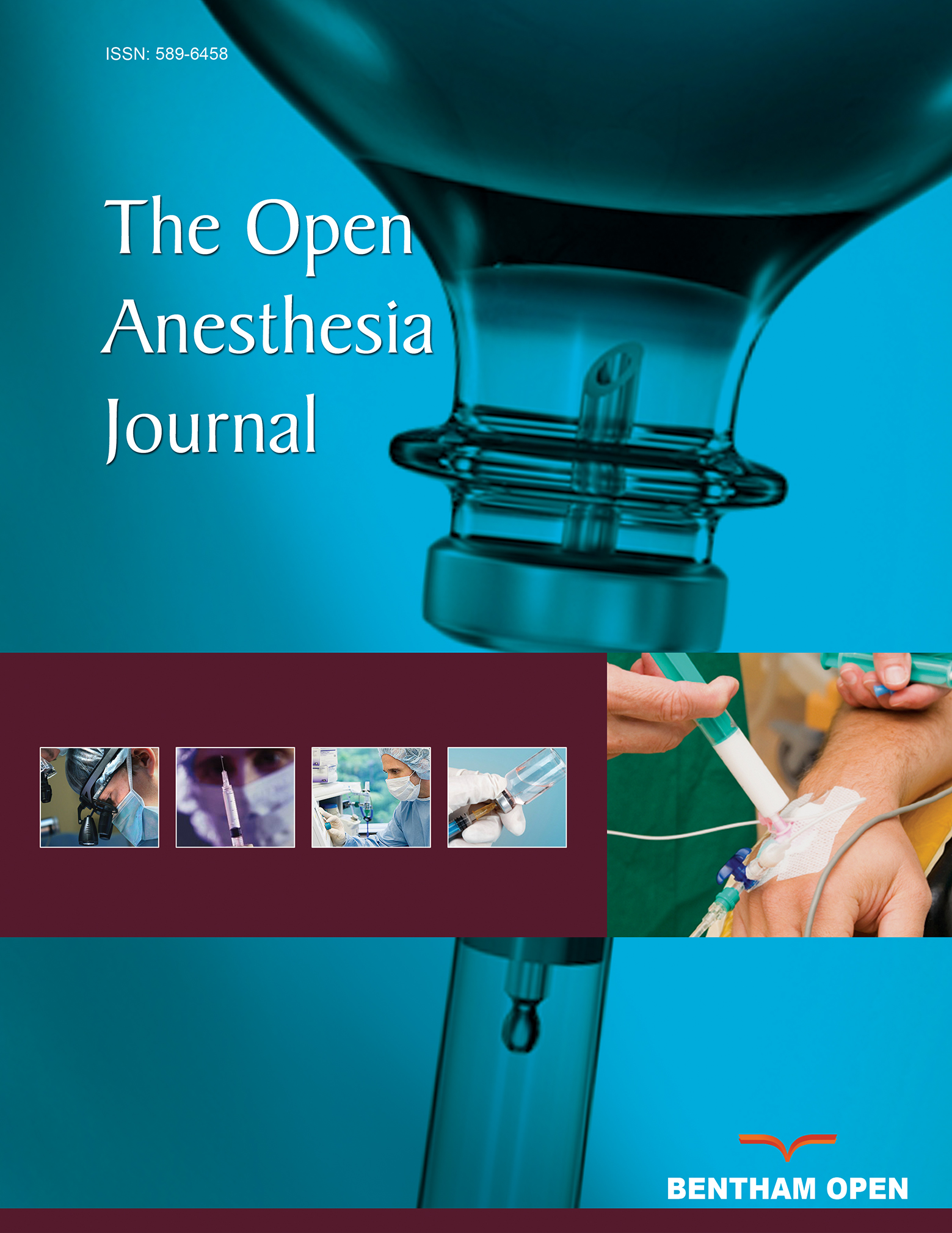Effect of Bronchoscopy on the Outcome of Patients with Severe Sepsis, Acute Respiratory Distress Syndrome and Complicated by Ventilator Associated Pneumonia from Prolonged Ventilation
Abstract
Introduction:
65% of patients in Intensive Care Units (ICU) with severe sepsis and/or severe traumatic lung contusion are complicated with pneumonia and respiratory failure, which need long-term ventilation. Sepsis is a common finding in such patients; it is either a cause of ventilator associated pneumonia (VAP) or a complication of VAP. VAP is one of the most common complications of prolonged ventilation. Both diagnostic and therapeutic bronchoscopies could be used to improve the outcome in those patients by controlling septic reactions and improve lung mechanics through the clearing of the small airways from purulent discharge.
Aims of Work:
To evaluate the effect of the use of bronchoscopy in patients with Acute respiratory distress syndrome (ARDS), severe sepsis and complicated by VAP as regards, improve the general condition of those patients, improve lung mechanics, control all signs of both VAP and sepsis, accelerate weaning from the ventilator, shorten the duration of ICU stays and its effect on mortality rate in those patients.
Materials and Methods:
200 patients were selected after 4 days of ventilation because of ARDS due to either severe traumatic lung contusion or a severe lung infection. Those who still showed unresolved ARDS (diagnosed by hypoxic index less than 200, bilateral parenchymatous lung infiltration on the chest X ray, ABG showed PH > 7.30), Severe sepsis diagnosed by >12 SOFA score (Sequential Organ Failure Assessment) and developed VAP diagnosed by >6 CPIS score (clinical pulmonary infection score) were included in two groups of 100 patients in each. Only patients of group B did three bronchoscopies and BAL was sent for culture, while patients of group A continued on the traditional way of management and sputum was sent for culture. Improvement of ARDS & VAP, weaning from ventilation, duration of ICU stay, improvement of one/all parameters of both SOFA & CPIS scores, morbidity, and mortality were recorded and compared within 14 days.
Results:
Patients of group B showed significant improvement in APACHII score (acute physiological assessment and chronic health evaluation score), GCS (Glasgow coma scale), parameters of both SOFA score and CPIS score, hemodynamics parameters, LDH (lactate dehydrogenase), and C-Reactive protein levels. A significantly higher number of patients were weaned from the ventilator and discharged from ICU. There was no significant difference between the two groups regarding the mortality rate.
Conclusion:
The use of bronchoscopy can improve general conditions, control all signs of severe sepsis, VAP, improve lung mechanics, improve ARDS, accelerate weaning from the ventilator, and shorten the ICU stay but has no effect on mortality rate in those patients with severe sepsis with ARDS and complicated by VAP from prolonged ventilation.
Clinical Trial Registration Number: My study is already registered in the clinical trial, and all the information is present in this study. The clinical trial number is NCT04553367, and is registered by my name.


